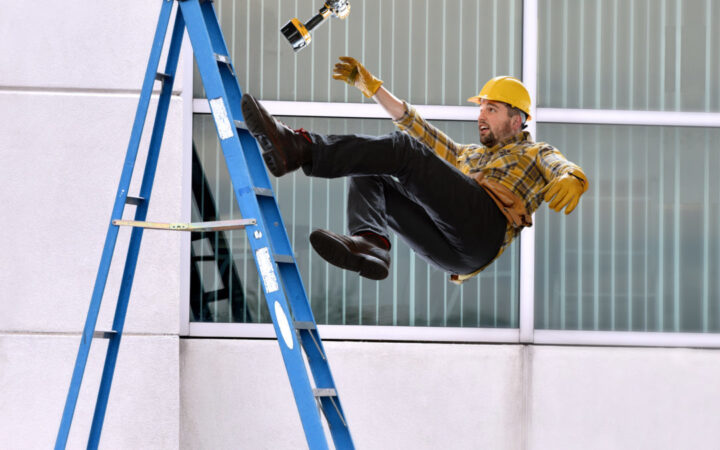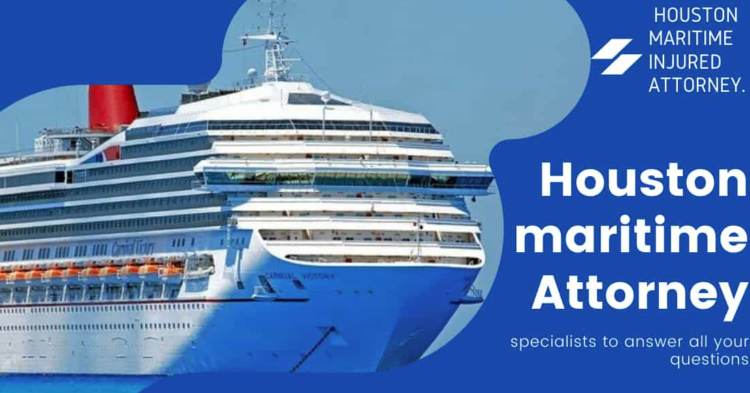
Construction Accident Liability
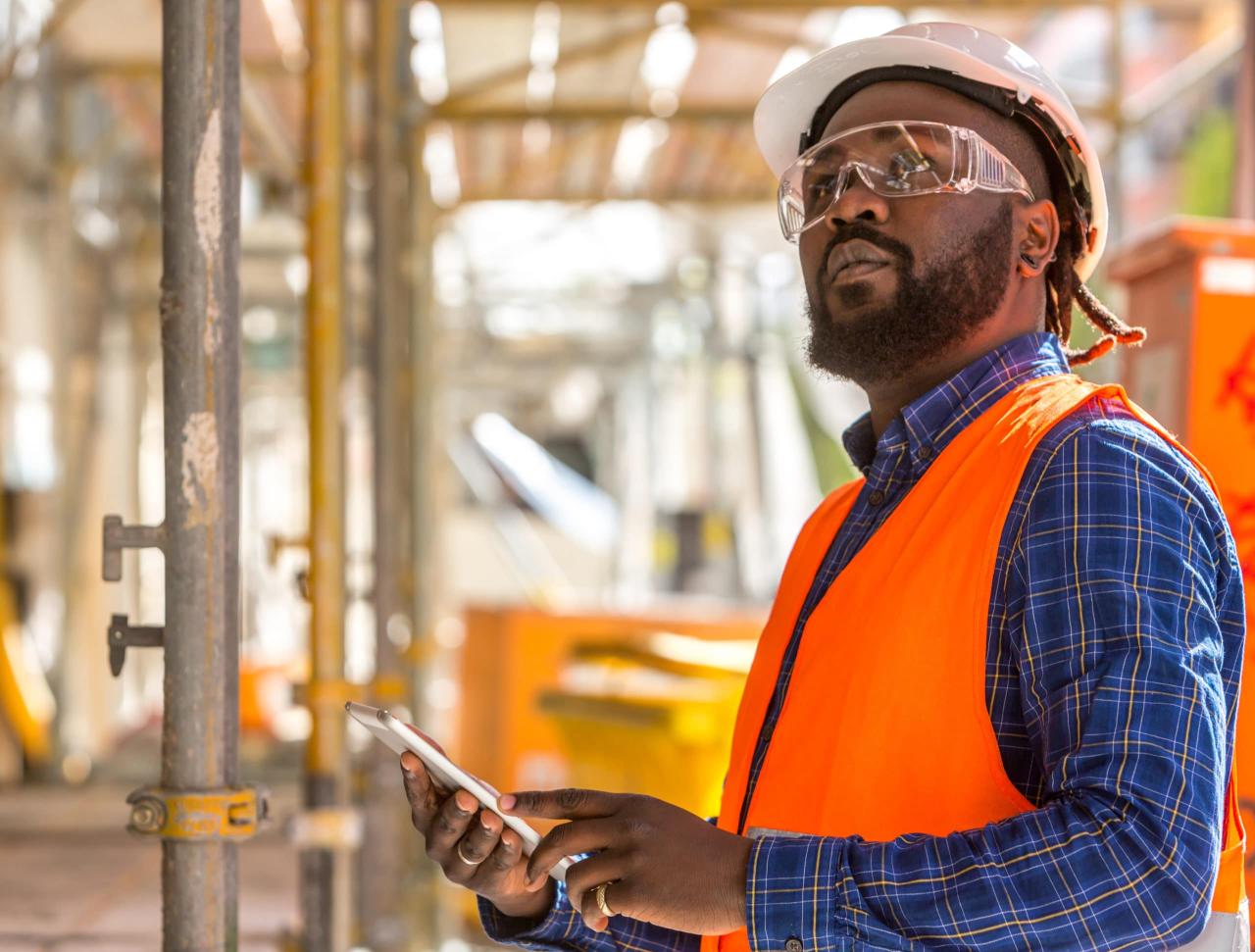
In the realm of construction, the legal responsibility for accidents falls upon various parties involved in the project, including contractors, subcontractors, and property owners. Understanding their respective obligations is crucial for ensuring a safe work environment and assigning accountability in the event of an accident.
Negligence, defined as a failure to exercise reasonable care, often plays a central role in construction accident liability. This negligence can manifest in various forms, such as inadequate safety measures, faulty equipment, or improper training. When negligence leads to an accident, the injured party may have legal recourse to seek compensation for damages.
Common Causes of Construction Accidents
Construction accidents can arise from a multitude of causes, some of the most prevalent include:
- Falls: These accidents often occur due to unsafe scaffolding, ladders, or work surfaces.
- Electrocutions: Electrical hazards are a major concern on construction sites, and accidents can result from faulty wiring or improper equipment use.
- Equipment malfunctions: Accidents involving heavy machinery or power tools can occur due to mechanical failures or operator error.
Types of Construction Accident Injuries
Construction accidents can result in a wide range of injuries, from minor cuts and bruises to catastrophic or fatal injuries. The severity of an injury significantly impacts the legal process, as more severe injuries generally lead to higher compensation awards and more complex legal proceedings.
Common Types of Construction Accident Injuries
According to the Bureau of Labor Statistics, the most common types of construction accident injuries include:
- Musculoskeletal injuries: Sprains, strains, fractures, and dislocations account for the majority of construction accident injuries.
- Cuts and lacerations: These injuries are often caused by sharp objects or tools and can range in severity from minor cuts to deep wounds.
- Head injuries: Head injuries can occur from falls, falling objects, or blunt force trauma. They can range from concussions to traumatic brain injuries.
- Burns: Burns can be caused by electrical accidents, chemical spills, or contact with hot surfaces.
- Eye injuries: Eye injuries can result from flying debris, chemical splashes, or exposure to harmful substances.
The severity of a construction accident injury is determined by several factors, including the nature of the injury, the force involved, and the body part affected. More severe injuries, such as traumatic brain injuries or spinal cord injuries, can have lifelong consequences and require extensive medical treatment and rehabilitation.
Compensation for Construction Accident Victims
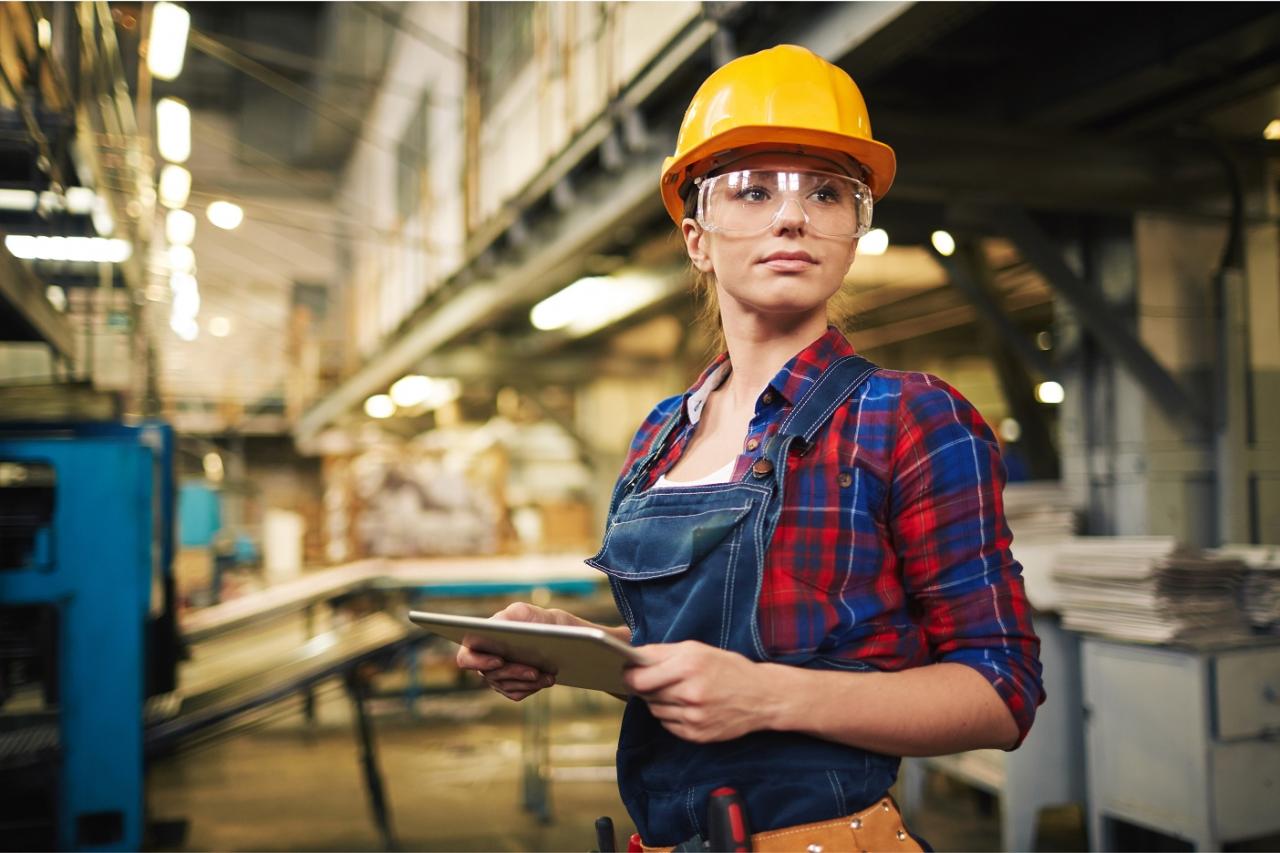
Construction accidents can result in severe injuries and financial hardship for victims. Understanding the types of compensation available and the legal processes involved is crucial for securing fair compensation and protecting your rights.
Workers’ Compensation Claims
Workers’ compensation is a system that provides financial benefits to employees who suffer work-related injuries or illnesses. In most cases, construction workers are eligible for workers’ compensation benefits regardless of who was at fault for the accident.
To file a workers’ compensation claim, you must notify your employer of the accident within a specified time frame and provide documentation of your injuries.
- Benefits: Workers’ compensation provides coverage for medical expenses, lost wages, and disability benefits.
- Limitations: Workers’ compensation benefits are typically limited to a certain amount and may not fully cover all your losses.
Personal Injury Lawsuits
In some cases, you may be able to file a personal injury lawsuit against the party responsible for your construction accident, such as a negligent contractor or equipment manufacturer.
- Benefits: Personal injury lawsuits can potentially provide compensation for a wider range of damages, including pain and suffering, emotional distress, and loss of future earning capacity.
- Limitations: Personal injury lawsuits can be complex and time-consuming, and there is no guarantee of success.
Choosing a Construction Accident Lawyer
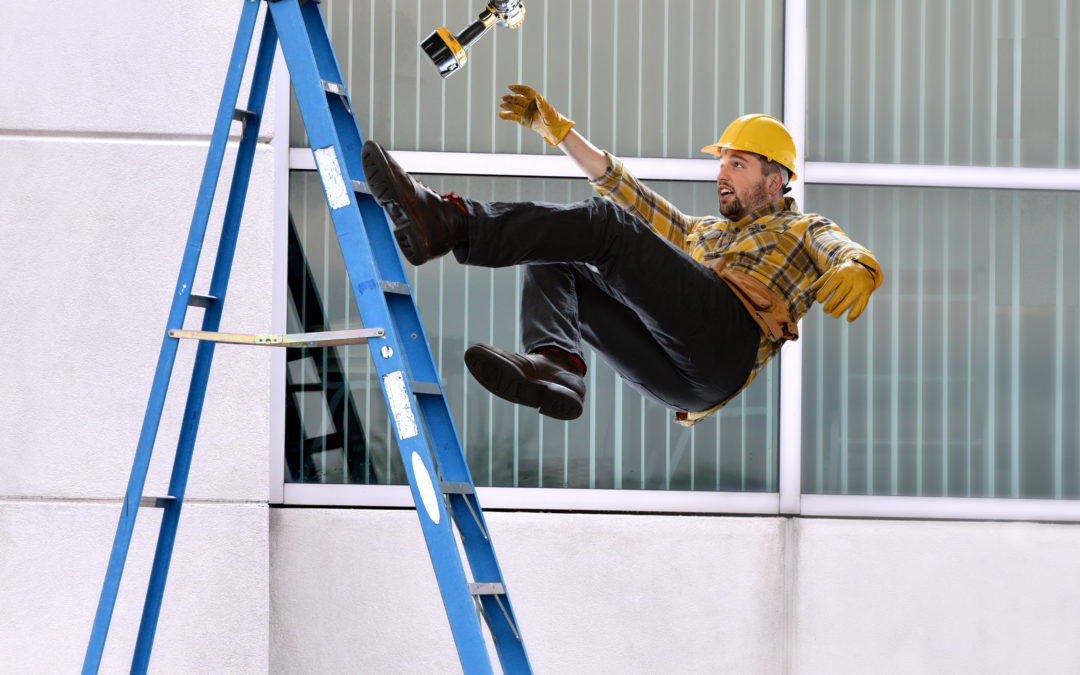
When selecting a construction accident lawyer, consider the following:
Experience: Choose a lawyer who specializes in construction accidents and has a proven track record of success.
Reputation: Research the lawyer’s reputation by reading online reviews and contacting previous clients.
Fees: Discuss the lawyer’s fees upfront and ensure you understand the payment structure.
Testimonials from Previous Clients
“My lawyer was knowledgeable and compassionate, guiding me through the complex legal process.” – Sarah J.
“I highly recommend this firm. They were responsive and fought hard for my rights.” – John S.
Construction Accident Prevention
Preventing construction accidents is crucial for safeguarding workers and ensuring project success.
Strict adherence to safety regulations and comprehensive training programs play a pivotal role in mitigating risks. These measures establish clear guidelines, foster a culture of safety consciousness, and equip workers with the knowledge and skills to identify and avoid hazards.
Best Practices for Preventing Construction Accidents
* Hazard Identification and Risk Assessment: Conduct thorough site inspections to identify potential hazards and assess associated risks. Develop and implement control measures to minimize or eliminate these risks.
* Personal Protective Equipment (PPE): Enforce the use of appropriate PPE, such as hard hats, safety glasses, gloves, and high-visibility clothing, to protect workers from falling objects, debris, and other hazards.
* Safe Work Practices: Establish and enforce safe work procedures for all tasks, including proper lifting techniques, scaffolding assembly, and equipment operation.
* Proper Planning and Supervision: Plan projects meticulously, considering safety factors, and provide adequate supervision to ensure compliance with safety regulations and best practices.
* Regular Inspections and Maintenance: Regularly inspect equipment, tools, and work areas to ensure they are in good working order and free from defects. Promptly repair or replace any damaged or malfunctioning equipment.
* Training and Education: Provide comprehensive training to workers on safety protocols, hazard recognition, and emergency response procedures. Regular refresher courses help reinforce safety knowledge and skills.
* Safety Culture: Foster a positive safety culture where workers feel comfortable reporting hazards, suggesting improvements, and holding each other accountable for safety compliance.
